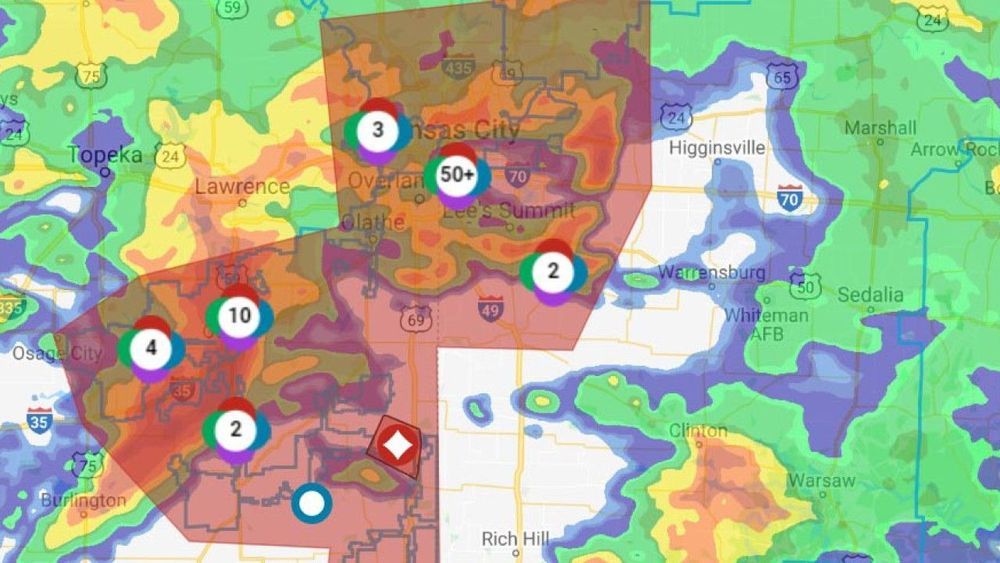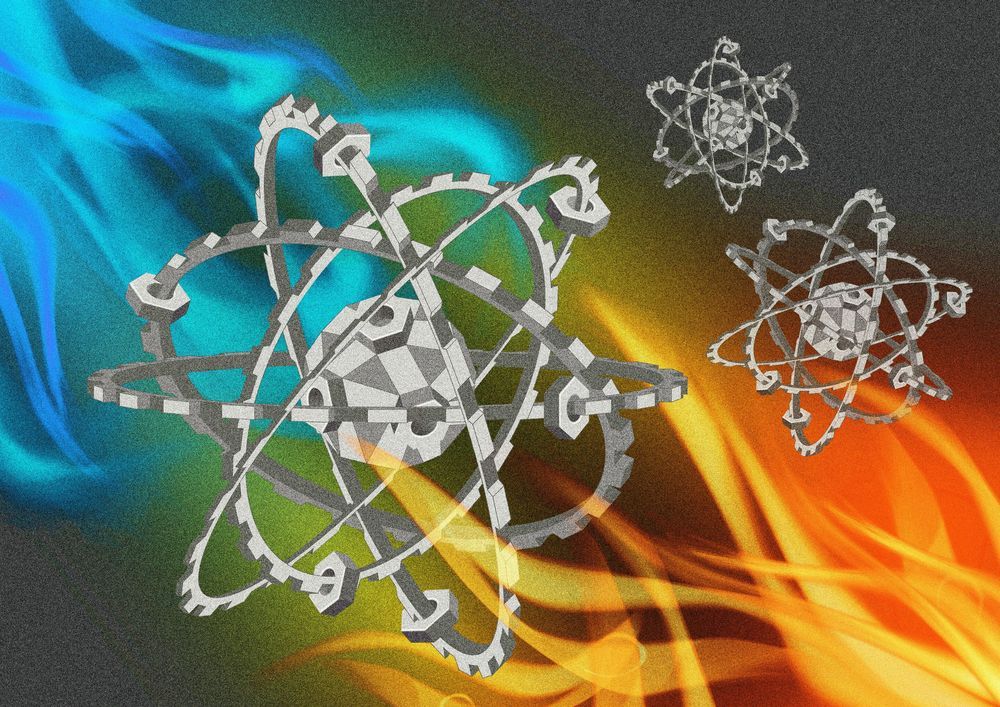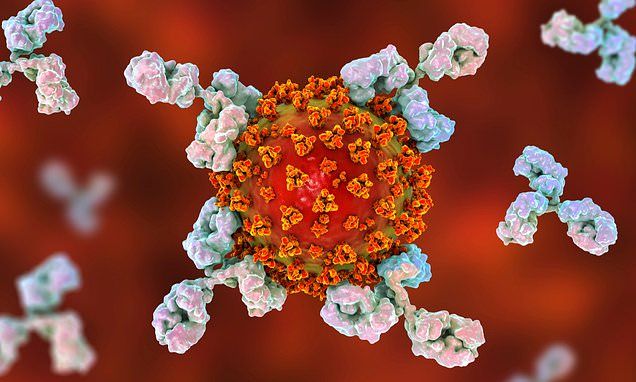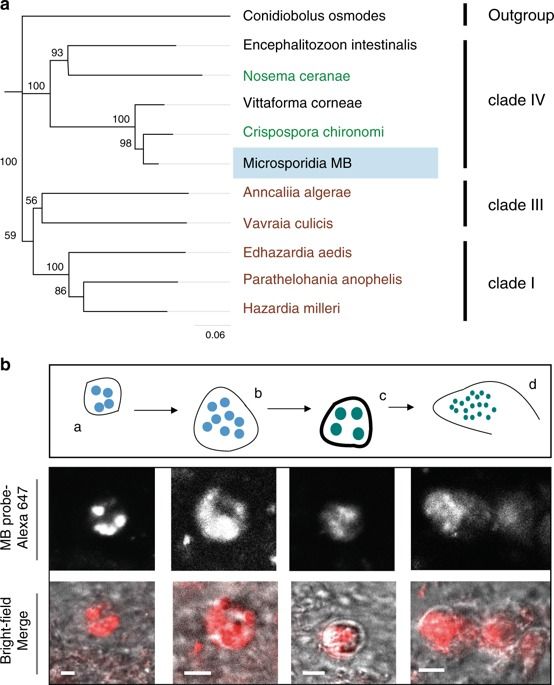May 4, 2020
Emerging Trends in Micro- and Nanoscale Technologies in Medicine: From Basic Discoveries to Translation
Posted by Omuterema Akhahenda in categories: bioengineering, biotech/medical, nanotechnology
We discuss the state of the art and innovative micro- and nanoscale technologies that are finding niches and opening up new opportunities in medicine, particularly in diagnostic and therapeutic applications. We take the design of point-of-care applications and the capture of circulating tumor cells as illustrative examples of the integration of micro- and nanotechnologies into solutions of diagnostic challenges. We describe several novel nanotechnologies that enable imaging cellular structures and molecular events. In therapeutics, we describe the utilization of micro- and nanotechnologies in applications including drug delivery, tissue engineering, and pharmaceutical development/testing. In addition, we discuss relevant challenges that micro- and nanotechnologies face in achieving cost-effective and widespread clinical implementation as well as forecasted applications of micro- and nanotechnologies in medicine.

















